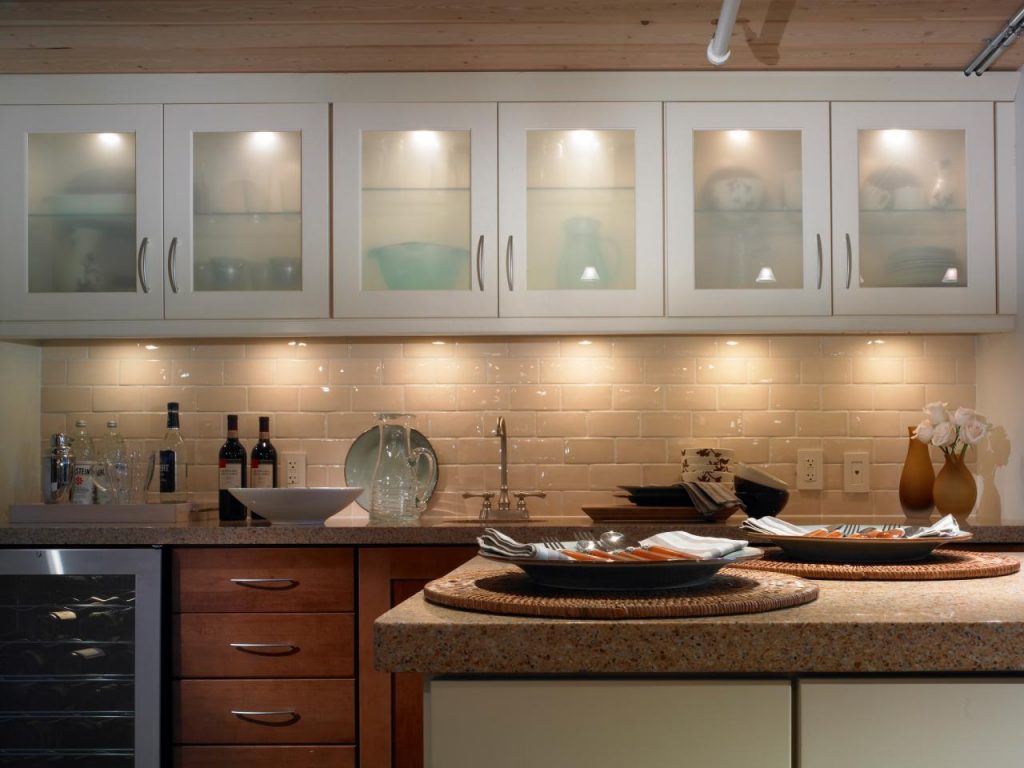Seven Must-Follow Rules for Under-Cabinet Lightings

Do you have any idea of how poor kitchen lightings can cause irritation, headache, neck and shoulder problems and eye strain? Moreover, poor light fixtures are bound to ruin the entire effect of your incredible kitchen design.
People think that most significant factors while designing a kitchen revolve around the colour schemes, storage solutions and appliances. What most us usually forget is that the light fixtures are equally important in the kitchen room.
Perfect lighting makes your kitchen room warm and more welcoming. It makes it a place that your family and friends love to gather and mingle around. Such a kitchen room is ten times better than the kitchen designs that make us feel dull and gloomy, further making the kitchen chores sad and depressing.
Therefore, it is very crucial that you pay attention to the light fixtures in your kitchen room. Apart from making your new kitchen design look dull, improper lighting causes several health issues too. A simple way of brightening up your dull kitchen room is by installing some under-cabinet lights.
Under-cabinet lighting is a new classy way of enhancing your kitchen’s ambience. However, there are certain rules that you need to follow for under-cabinet lighting.
Seven must-follow rules for under-cabinet lightings in your kitchen room:
Most people consider the under-cabinet lights as ‘under-counter’ lightings. The truth is, they are not mounted under the counter, and as the name suggests, they are mounted under the wall cabinets. They basically light up the countertop.
The main reason behind people opting for under-cabinet lighting is that they light up the work area (which is essential). But we believe there are few ground rules you need to know before you mount them under your cabinet.
